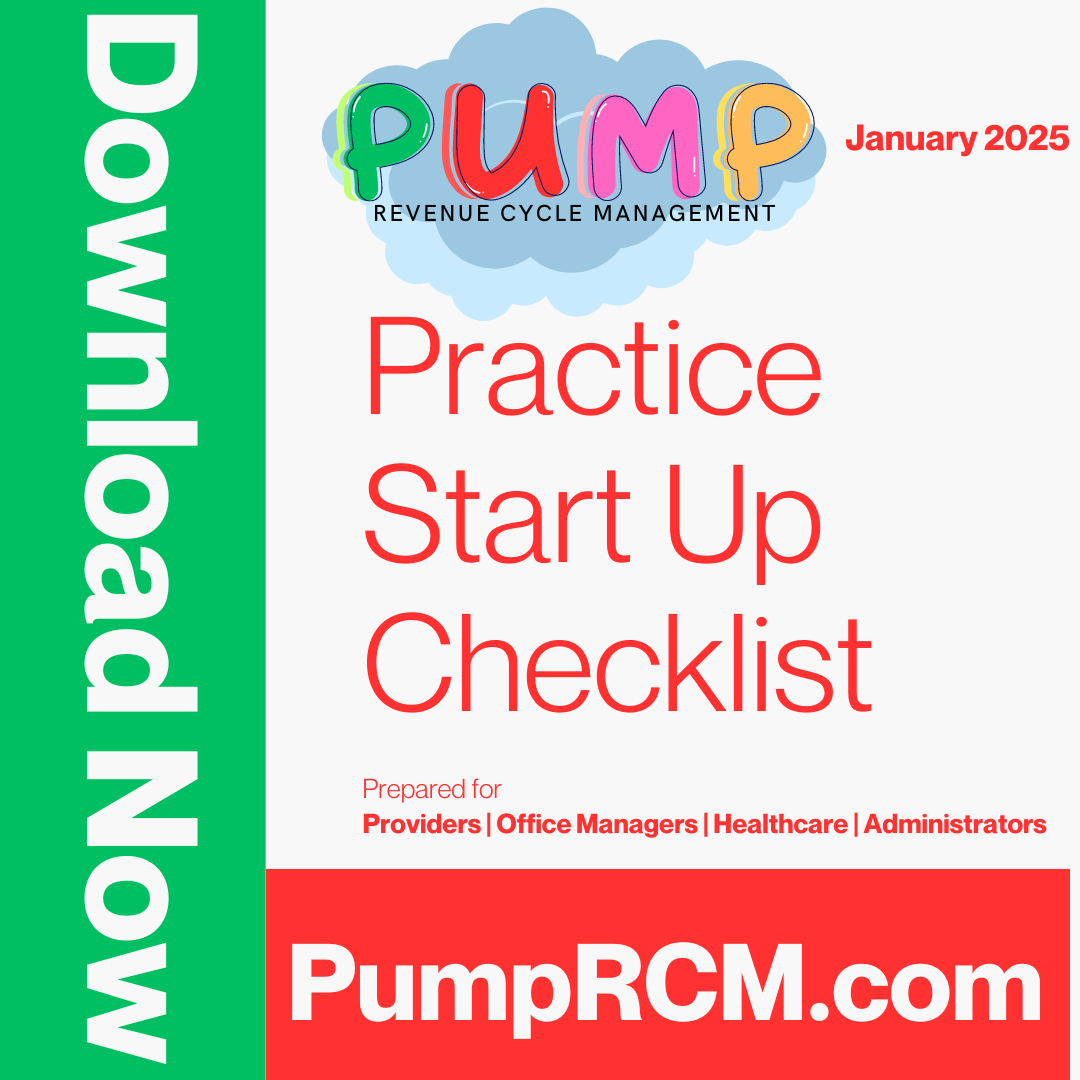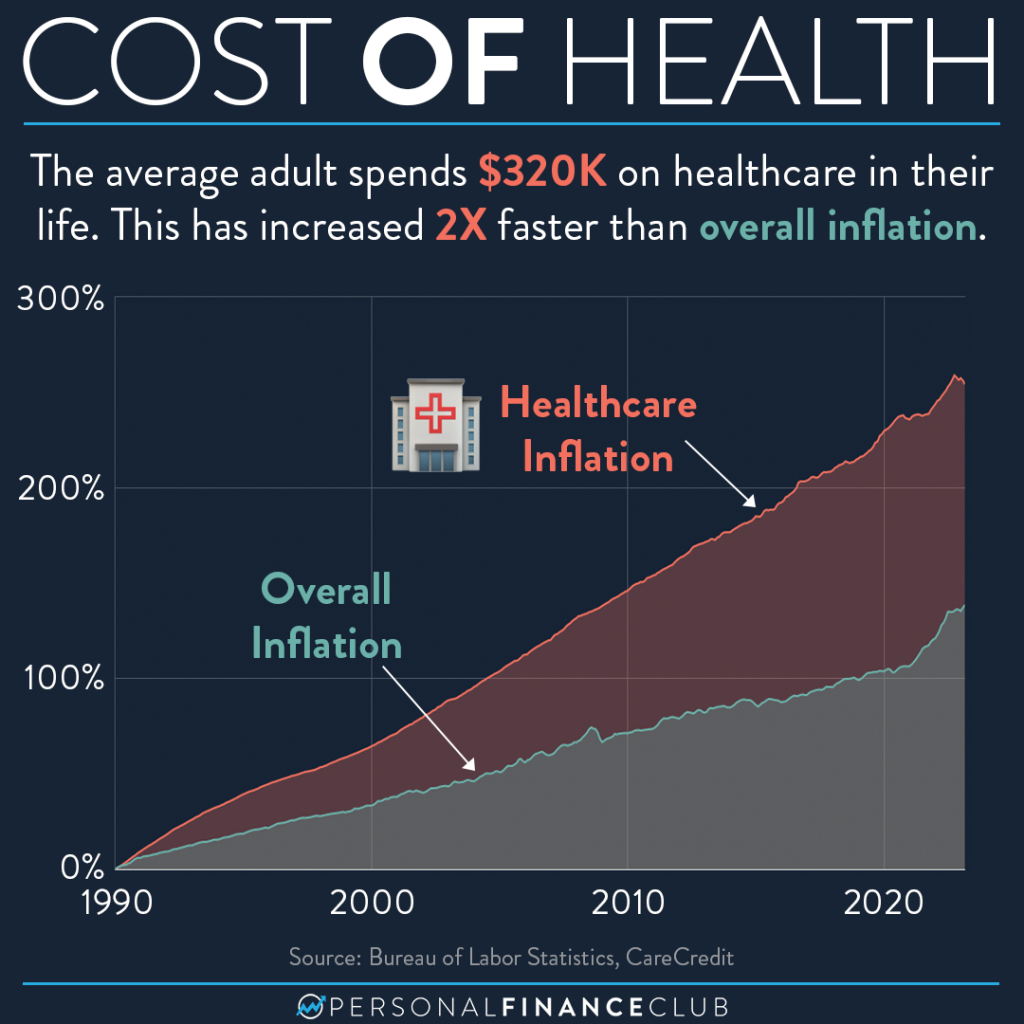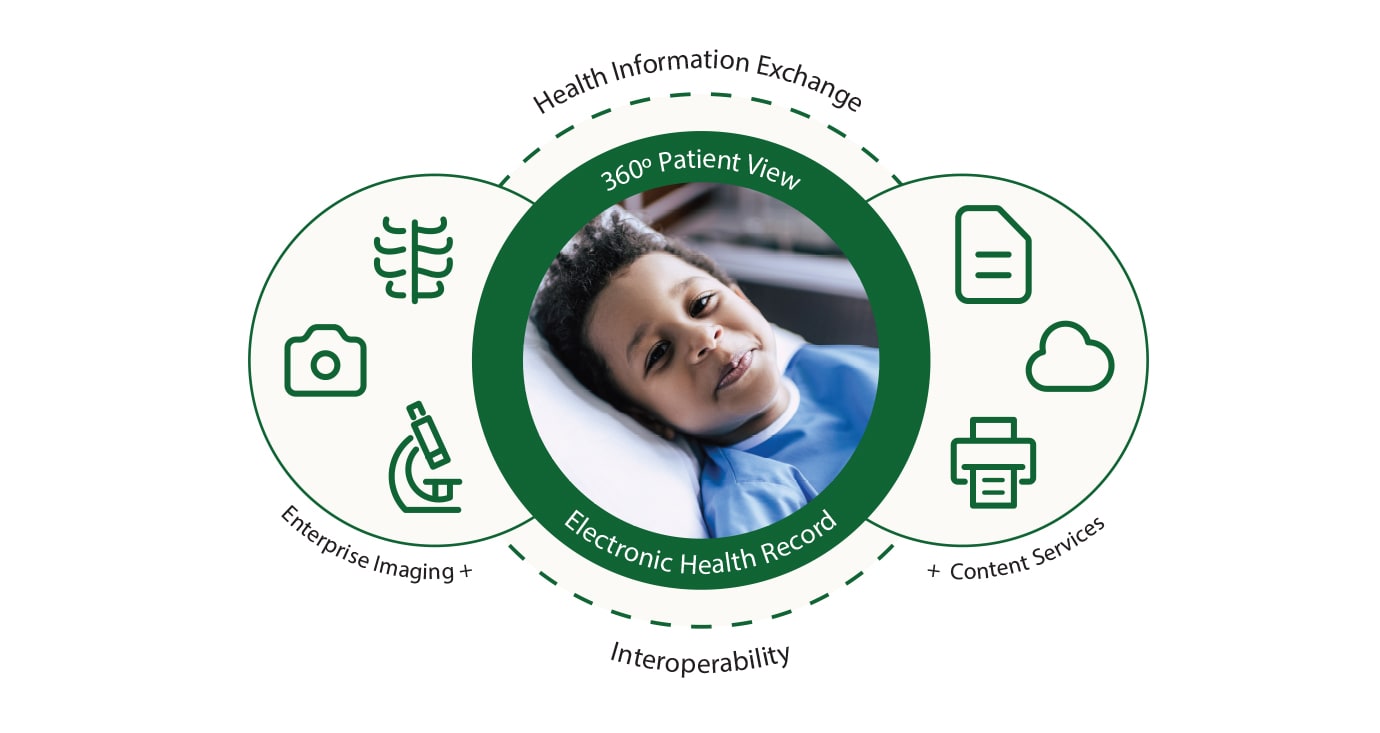A Comprehensive Overview on How Medical Care RCM Works to Simplify Payment and Collections
Browsing the intricacies of healthcare earnings cycle monitoring (RCM) is critical for suppliers intending to improve their billing and collections procedures. The overview unboxes the ins and outs of RCM, from patient registration to accounts receivable monitoring, offering insights into maximizing each step.
Recognizing Revenue Cycle Administration
Realizing the complexities of Income Cycle Monitoring (RCM) is important for healthcare organizations aiming to enhance their monetary efficiency. RCM is a crucial management function that incorporates the whole economic procedure of person treatment, from the first consultation establishing to the final settlement of the equilibrium. It is an intricate treatment made to recognize, collect, and handle the profits from the solutions supplied to people. Reliable RCM ensures that medical care companies get timely and precise repayments, decreasing the risk of income loss and improving cash circulation.
The RCM procedure begins when a client schedules an appointment and extends through the patient's treatment journey, consisting of invoicing and collections. A key goal is to lower the time in between receiving and giving a solution repayment, thus improving the organization's economic health and wellness. RCM involves different features such as patient enrollment, insurance policy verification, cost capture, coding, declares entry, settlement publishing, and handling charms and rejections.
Key Parts of RCM
In the realm of Profits Cycle Management (RCM), comprehending its crucial components is essential to attaining financial efficiency within medical care companies. RCM is an extensive procedure that incorporates different phases, each essential to making certain effective invoicing and collections. The key parts include client enrollment, insurance coverage confirmation, charge capture, coding, claim submission, settlement posting, and accounts receivable administration.

When coded, cases are sent to payers, where precision is paramount to avoid denials or hold-ups - Healthcare RCM. Settlement publishing involves tape-recording the gotten settlements, which permits the reconciliation of accounts. Lastly, balance dues management concentrates on monitoring and resolving overdue insurance claims, ensuring prompt follow-up and resolution
Each part of RCM is adjoined, and inefficiencies in any kind of part can interfere with the whole cycle. For that reason, grasping these components is essential for healthcare service providers to enhance profits and improve their economic wellness.
Approaches for Reliable Invoicing

Standardizing payment treatments throughout the organization is another vital strategy. Developing clear standards for paperwork, coding, and submission assists preserve consistency and conformity with regulative requirements. Training team routinely on these treatments ensures every person is updated with the most recent adjustments in invoicing codes and payer policies.
Exact cost capture is important in avoiding revenue leak. Applying normal audits and tracking systems allows for the recognition and improvement of disparities before they influence income. Furthermore, preserving open lines of interaction with payers assists to promptly resolve any kind of disputes or misconceptions that might emerge.

Finally, appealing individuals early in the invoicing procedure by offering clear price quotes and academic materials concerning their economic duties can dramatically lower confusion and improve payment timeliness. These strategies jointly add to a more monetarily healthy and balanced and effective billing system.
Enhancing Collections Processes
Given the complexities of clinical billing and the range of payer demands, boosting the collections procedure entails carrying out strategic steps that make sure accurate and timely payment of services provided. Automation devices can aid in tracking case statuses, sending prompt tips to clients, and managing denials more effectively.
Educating staff to comprehend the nuances of insurance coverage and invoicing codes is just as important. This understanding empowers them to deal with invoicing inconsistencies swiftly and communicate properly with people concerning their monetary obligations. Furthermore, clear and clear person interactions are crucial. Giving in-depth explanations of costs and using flexible settlement strategies can raise person complete satisfaction and prompt payments.
Regular audits of the collections procedure should be performed to determine areas for renovation and make certain conformity with guidelines. By examining information, medical care organizations can recognize patterns, prepare for prospective issues, and adapt strategies accordingly (Healthcare RCM). Inevitably, a well-enhanced collections process not just supports financial wellness however also adds to a more smooth experience for people and staff alike
Optimizing Earnings Streams
Building upon the structure of a solid collections procedure, health care companies can even more bolster their monetary security by strategically enhancing profits streams. This involves a multi-faceted method, starting with an extensive evaluation of existing his explanation revenue sources to recognize ineffectiveness and areas for development. Employing advanced data analytics devices allows companies to obtain insights right into payer mix, person demographics, and solution utilization patterns, enabling data-driven choices that enhance income capture.
Applying automated payment systems can dramatically minimize mistakes and expedite claims processing, making certain that revenue is collected more efficiently. Moreover, maximizing payer agreements via routine arrangements can boost repayment prices and terms, straight affecting the lower line. Expanding solution offerings, such as integrating telehealth or health care, can likewise draw in a wider individual base, thus boosting profits capacity.
One more vital part is enhancing person involvement and satisfaction, as satisfied clients are a lot more likely to abide by treatment plans and make prompt settlements. Supplying adaptable settlement choices and transparent payment techniques can boost collections and foster person loyalty. Healthcare RCM. By adopting these approaches, medical care companies can produce a more resistant monetary structure, making sure sustained development and security in an ever-changing sector landscape
Verdict
Finally, healthcare Profits Cycle Administration (RCM) plays a crucial role in maximizing invoicing and collections procedures by integrating key parts such as individual enrollment, insurance verification, charge important link capture, coding, declares entry, and receivable management. By using sophisticated modern technology, systematizing procedures, and promoting patient involvement, healthcare companies can significantly minimize case rejections, increase payment cycles, and improve cash money flow. This thorough strategy to RCM ultimately leads to boosted financial performance and sustainability for health care organizations.
The RCM procedure starts when an individual timetables an appointment and expands through the individual's treatment trip, including invoicing and collections.An additional vital part is enhancing client involvement and satisfaction, as completely satisfied clients are extra most likely to stick to treatment plans and make prompt settlements. Supplying adaptable settlement options and transparent billing practices can boost collections and foster individual commitment.In verdict, medical care Earnings Cycle Management (RCM) plays a crucial function in enhancing invoicing and collections processes by incorporating crucial elements such as individual registration, insurance policy confirmation, cost capture, coding, declares submission, and accounts receivable management. By utilizing sophisticated innovation, standardizing treatments, and cultivating person involvement, medical care carriers can significantly decrease insurance claim review denials, increase repayment cycles, and boost money flow.